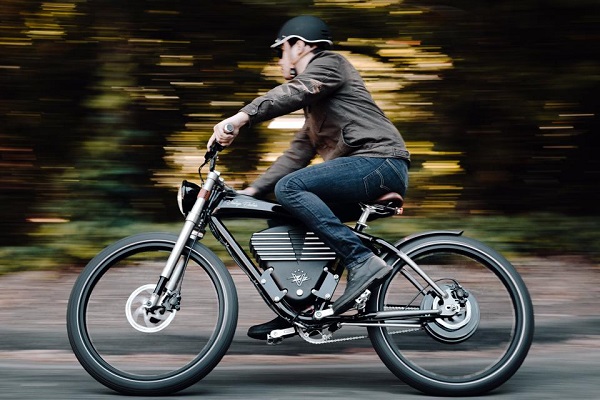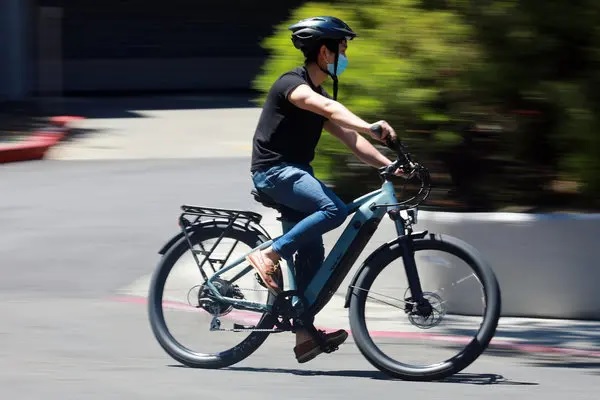Electric bicycles, also known as e-bikes, have become increasingly popular in recent years, especially in urban environments. E-bikes are a type of bicycle that is equipped with an electric motor, which can be used to assist the rider’s pedaling or to propel the bike entirely on its own. This innovation has transformed the way people commute, exercise, and explore their surroundings.
Why Are E-Bikes So Popular in Urban Environments?
Urban environments present unique challenges for commuters, such as traffic congestion, parking shortages, and air pollution. E-bikes provide a practical and sustainable solution to these challenges. They are faster than traditional bicycles and can cover longer distances, making them a viable alternative to cars and public transportation. E-bikes are also environmentally friendly, emitting zero emissions and reducing traffic congestion, making them a popular choice for those who want to reduce their carbon footprint.
Another reason for the popularity of e-bikes in urban environments is their affordability. Compared to cars or public transportation, e-bikes are relatively inexpensive, making them accessible to a wide range of people. They are also low-maintenance and require minimal upkeep, making them a cost-effective transportation option in the long run.
The Benefits of E-Bikes for Commuting

Commuting on an e-bike has many benefits, including improved physical health and mental well-being. E-bikes provide a low-impact form of exercise that can help improve cardiovascular health, strengthen muscles, and reduce stress levels. Commuting on an e-bike also allows riders to avoid traffic congestion, which can be a significant source of stress for many urban commuters.
E-bikes also offer flexibility and convenience, allowing riders to easily navigate through traffic and find parking in areas where cars are not permitted. They are also ideal for those who need to carry cargo, such as groceries or work equipment.
Challenges to the Adoption of E-Bikes
Despite the many benefits of e-bikes, there are still some challenges to their adoption in urban environments. One of the main challenges is the perception that e-bikes are dangerous or difficult to operate. However, studies have shown that e-bikes are no more dangerous than traditional bicycles, and that riders are less likely to be involved in accidents.
Another challenge is the lack of infrastructure, such as bike lanes, that are designed to accommodate e-bikes. This can make it difficult for riders to navigate through traffic and can also lead to conflicts between e-bike riders and pedestrians or other cyclists.
The Future of E-Bikes in Urban Environments

Despite these challenges, the future of e-bikes in urban environments looks promising. As more people become aware of the benefits of e-bikes and the infrastructure is developed to accommodate them, we can expect to see a significant increase in their adoption. With the rise of electric bicycles in urban environments, we can look forward to a cleaner, healthier, and more sustainable future.





